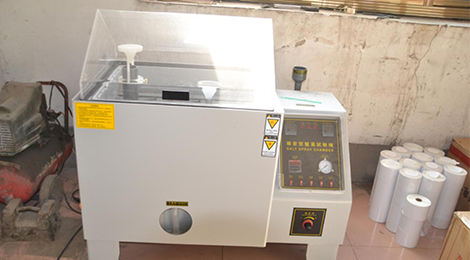best f1554 anchor bolts
דצמ . 10, 2024 14:48 Back to list
best f1554 anchor bolts
Understanding Best Practices for F1554 Anchor Bolts
Anchor bolts play a crucial role in the integrity and stability of structures. Among the various standards governing anchor bolts, ASTM F1554 is noteworthy for its specification of high-strength structural bolts used in the anchoring of various structures, including buildings, bridges, and towers. This article will explore the significance of F1554 anchor bolts, their classifications, installation processes, and best practices to ensure safety and performance.
What are F1554 Anchor Bolts?
ASTM F1554 specifies requirements for anchor bolts designed to be anchored in concrete or masonry. The standard provides criteria for strength, ductility, and other performance aspects, making it a preferred choice for projects requiring robust anchorage solutions. F1554 anchor bolts are typically made of carbon steel, and they can be either galvanized or uncoated depending on environmental conditions and project specifications.
Classifications of F1554 Anchor Bolts
F1554 anchor bolts are categorized into three grades, each serving different applications based on strength and ductility
1. Grade 36 This grade offers a minimum yield strength of 36 ksi (kilopounds per square inch) and is primarily used in less demanding applications. 2. Grade 55 With a minimum yield strength of 55 ksi, Grade 55 anchor bolts are suitable for moderate structural applications, providing better performance than Grade 36 while maintaining good ductility.
3. Grade 105 This grade is known for its high strength and minimum yield strength of 105 ksi. It is designed for more critical applications where higher loads are expected. Grade 105 bolts have tighter specifications regarding their chemical composition and mechanical properties, making them ideal for demanding structural scenarios.
Installation of F1554 Anchor Bolts
Correct installation of F1554 anchor bolts is essential for achieving the desired structural integrity. The installation process generally includes the following steps
1. Site Preparation Prior to installation, the concrete foundation must be prepared, ensuring that it is clean and free of debris. The dimensions and alignment for the anchor bolts should be accurately marked based on the structural drawings.
best f1554 anchor bolts

2. Setting the Bolts F1554 bolts can be cast in place or post-installed. For cast-in-place bolts, the bolts are placed in the concrete while it is still wet. For post-installed bolts, holes are drilled into cured concrete and anchors are inserted.
3. Using Proper Tools The installation should utilize the appropriate tools, including torque wrenches, to avoid over-tightening or under-tightening. Adhering to the specific torque values recommended in the project specifications will ensure that the bolt's performance characteristics are met.
4. Quality Inspection After installation, it is vital to inspect the bolts for correct placement, alignment, and tighten specifications. Non-destructive testing methods such as ultrasonic testing may be employed to ensure that the anchor bolts have been accurately installed and are free from defects.
Best Practices for Using F1554 Anchor Bolts
To maximize the performance and longevity of anchor bolts, several best practices should be observed
1. Material Selection Choose the appropriate grade of F1554 bolts based on the specific requirements of the project. Consider factors such as load, environmental exposure, and ductility needs.
2. Corrosion Protection When bolts are exposed to harsh environments, ensure they are adequately coated or galvanized to enhance resistance to corrosion. This preventive measure extends the lifespan of the bolts significantly.
3. Regular Inspections and Maintenance Conduct routine inspections to identify any signs of wear, corrosion, or other damage. Timely maintenance can prevent failure and ensure safety.
4. Training and Certification Workforce training and certification in the installation of F1554 anchor bolts can significantly reduce errors and increase the reliability of installations. Operators should be familiar with the standards and practices associated with these anchor bolts.
Conclusion
F1554 anchor bolts are vital components in ensuring the stability and safety of structures. Understanding their classifications, proper installation techniques, and adherence to best practices is essential for project success. By following the guidelines outlined in this article, engineers and contractors can effectively utilize F1554 anchor bolts, ensuring durable and resilient foundational systems that meet both performance and safety standards.
Latest news
-
Reliable Wire Bolts Suppliers | Quality Zinc Plated Fasteners
NewsAug.26,2025
-
Wire Bolts Suppliers: Durable & Reliable Fasteners for Every Project
NewsAug.25,2025
-
Premium Cabinet Bolts Supplier | Wholesale & Custom Solutions
NewsAug.24,2025
-
Reliable Axle Nuts Supplier | Quality & Precision Fasteners
NewsAug.23,2025
-
Durable Bolts for Lawn Mower Handle - Top Supplier & Manufacturer
NewsAug.22,2025
-
High-Quality Bolts for Lawn Mower Handle Supplier & Manufacturer
NewsAug.21,2025
